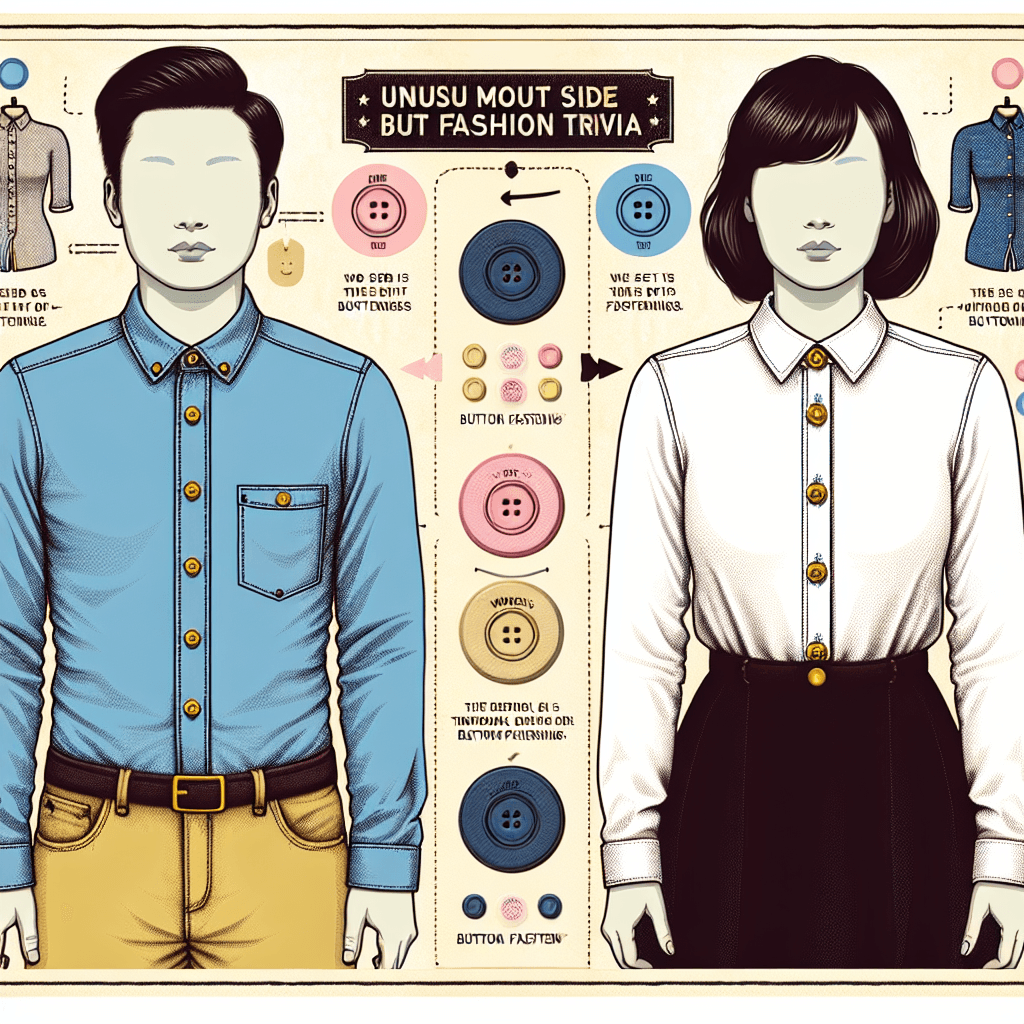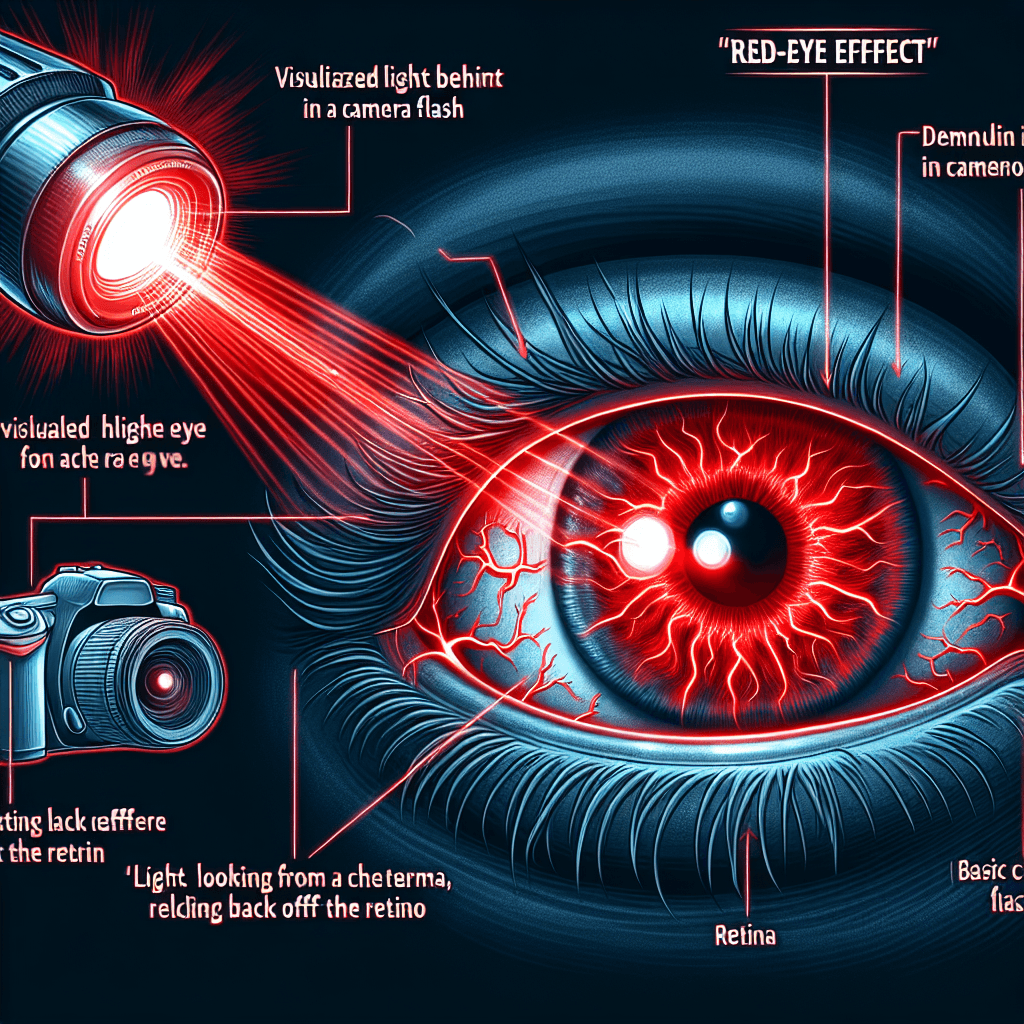Unbuttoning the Mystery: Why Men's and Women's Shirts Fasten on Opposite Sides
Ever noticed men's and women's shirt buttons are on opposite sides? This isn't a random quirk, but a fascinating clothing convention steeped in history and social norms.


Too Long; Didn't Read
Men's shirt buttons are on the right and women's are on the left due to historical conventions related to social norms and practicality.
The Great Divide: Unbuttoning the Mystery of Why Men's and Women's Shirts Fasten on Opposite Sides
Ever noticed that little detail when getting dressed or perhaps folding laundry? Men's shirt buttons are typically on the right side, fastening left-over-right, while women's shirt buttons are usually on the left, fastening right-over-left. It seems like a minor quirk, but this difference isn't random; it's a fascinating clothing convention steeped in history, social norms, and practicality (at least, for past eras). While we rarely think about it today, the placement of these small fasteners tells a story about gender roles, status, and even warfare. This post delves into the historical theories behind why men's and women's shirts traditionally button on opposite sides, exploring the origins of this enduring fashion standard.
The Standard Convention: Right vs. Left
First, let's clarify the norm. If you pick up a typical man's button-down shirt, you'll find the buttons stitched onto the right placket (the strip of fabric holding the buttons) and the buttonholes on the left. This means when fastened, the left side overlaps the right. Conversely, on a traditional women's blouse or shirt, the buttons are on the left placket and the buttonholes on the right, resulting in the right side overlapping the left when closed. But why did this divergence occur? The answers lie in historical context, though definitive proof is elusive, leaving us with several compelling theories.
Theories for Men's Buttons: The Right Side Advantage
The most widely cited explanations for men's buttons being on the right revolve around practicality, particularly for the dominant right-handed population.
- The Weaponry Theory: This is perhaps the most popular historical explanation. Dating back to eras when men frequently carried weapons, particularly swords, having the shirt fasten left-over-right was advantageous. A right-handed man could more easily reach inside his shirt or jacket with his right hand to draw a weapon tucked into a waistband or holster without the hilt snagging on the fabric edge. This quick, unhindered access could be crucial in combat or self-defense.
- The Self-Dressing Theory: A simpler explanation suggests that since most men (historically and statistically) are right-handed, placing buttons on the right makes the act of buttoning one's own shirt slightly easier. Manipulating a small button with the dominant right hand into a buttonhole held by the left is often more dextrous.
Theories for Women's Buttons: A Legacy of Assistance?
The reasons suggested for women's buttons being on the left are more closely tied to social structures and historical roles.
- The Servant Theory: This is the most commonly accepted theory for women's button placement. Historically, particularly from the Renaissance through the Victorian era and early 20th century, women of means often did not dress themselves. Complex clothing with numerous buttons, corsets, and layers required the assistance of maids or servants. Placing buttons on the left side made it easier for a right-handed maid, standing opposite the lady, to fasten the garment quickly and efficiently. While women of lower classes dressed themselves, fashion often trickles down, and this convention eventually became standardized for mass-produced clothing.
- The Breastfeeding Theory: Another theory posits that buttons on the left (right-over-left closure) facilitated breastfeeding. A right-handed mother could hold her infant with her left arm, leaving her dominant right hand free to unbutton her blouse for nursing. While plausible, this theory is generally considered less influential than the servant hypothesis.
- The Sidesaddle Theory: Some suggest that women riding horses sidesaddle (typically with their left side facing forward) benefited from a right-over-left closure, as it might reduce wind drafts entering the blouse while riding. This is a less common explanation.
Why Does the Tradition Persist?
These button placements originated centuries ago, reflecting the social and practical realities of those times. So why do we still follow this convention in the 21st century, long after swordsmanship ceased being a daily concern and most people dress themselves?
- Manufacturing Standards: Once mass production of clothing began in the 19th century, manufacturers adopted the existing customs. Establishing separate standards for men's and women's garments became the norm. Changing these deeply ingrained production methods would be complex and potentially costly.
- Consumer Expectation: We've grown accustomed to the difference. It's become an unquestioned standard, and deviating from it can sometimes make a garment feel 'off' or even be perceived as incorrectly made by consumers conditioned to the convention.
- Habit and Tradition: Like many aspects of fashion, it simply became "the way things are done." The original reasons may have faded, but the tradition itself persists as a subtle gender marker in clothing design. While unisex clothing often ignores this rule, traditional shirts and blouses largely adhere to it.
Conclusion: A Stitch in Time
The mystery of why men's and women's shirts button on opposite sides doesn't have one single, undisputed answer. However, the prevailing theories point towards a fascinating blend of historical practicality (weaponry for men, being dressed by servants for women) and the sheer inertia of manufacturing tradition. While the original reasons – ease of drawing a sword or accommodating a lady's maid – are largely irrelevant today, this small detail persists as a relic embedded in our everyday clothing. It serves as a subtle reminder of how social history, class distinctions, and gender roles can influence even the most mundane aspects of design, long after the contexts that birthed them have changed. The next time you button your shirt, take a moment to appreciate that tiny connection to centuries past.


